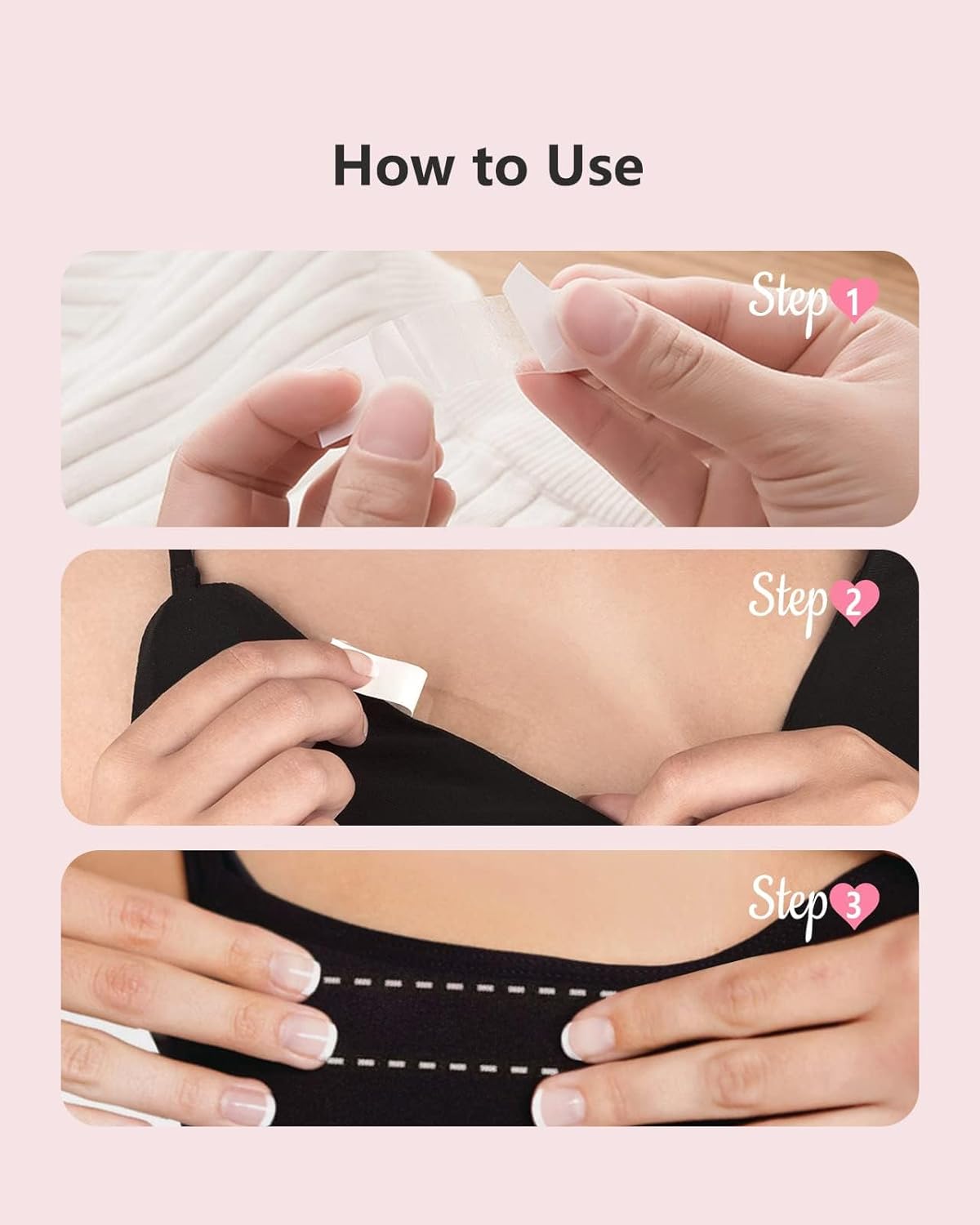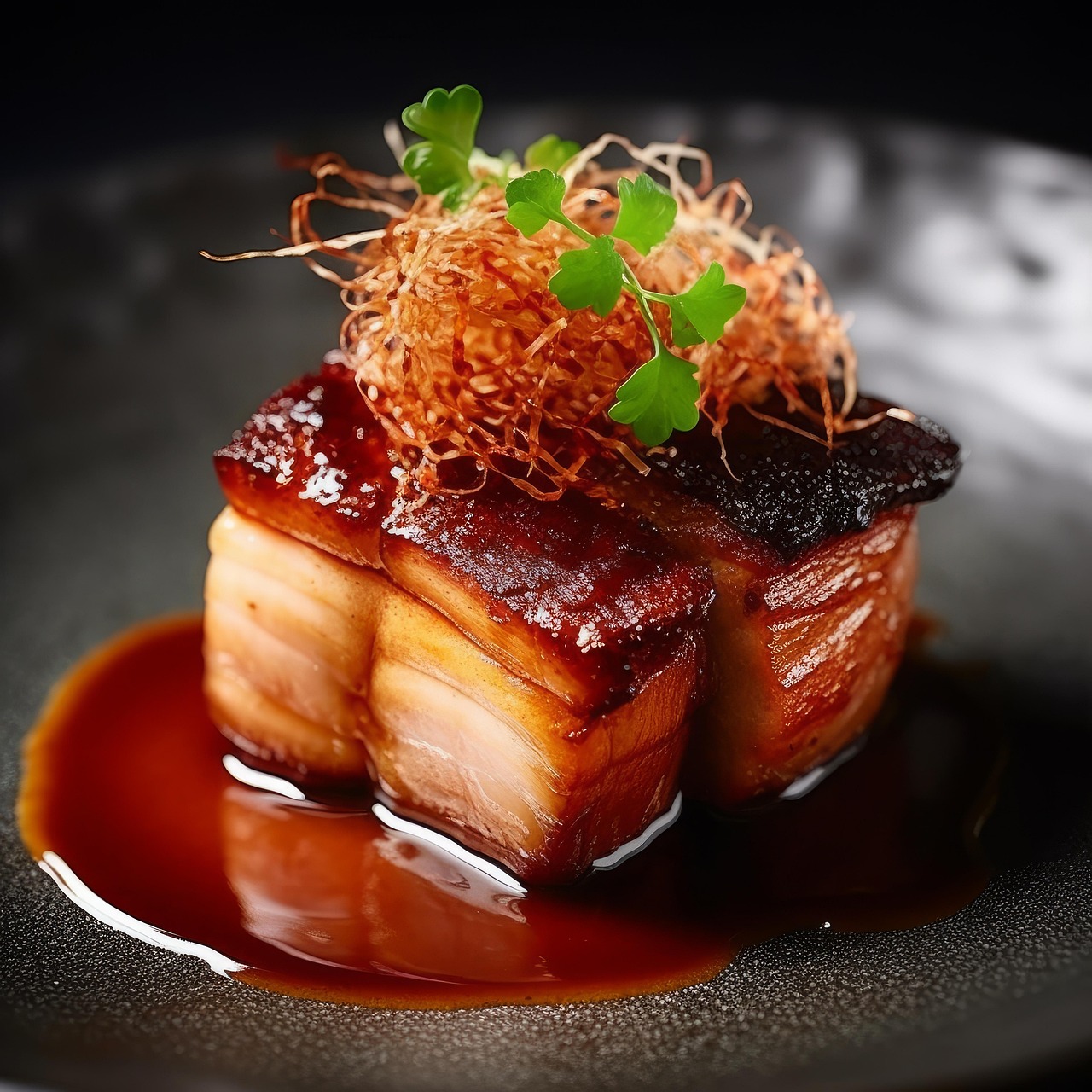
Mastering the Art of Altering Clothes: Tips and Techniques for a Perfect Fit
Introduction
Altering clothes can be a game-changer, turning ill-fitting garments into wardrobe staples that accentuate your unique physique. Whether you’re looking to rescue an old favorite or customize a new purchase, tailoring your clothes can make a world of difference. This guide will walk you through essential tips and techniques for mastering garment alterations, ensuring you can confidently adjust any piece to suit your style and needs.
Understanding Basic Alteration Techniques
Before diving into the world of customizing clothes, it’s essential to grasp the foundational techniques. Let’s start with hemming and shortening, which involves adjusting the length of pants, skirts, and dresses. To hem a garment, follow these steps:
- Measure the desired length and mark it with tailor’s chalk.
- Fold the fabric up to the mark and pin it in place.
- Sew along the fold using a straight stitch.
- Trim any excess fabric, leaving a small hem allowance.
Taking in and letting out garments is another crucial skill. This technique involves either making a garment smaller or larger. For taking in:
- Turn the garment inside out.
- Pin along the seams where you want to reduce the size.
- Sew along the pinned line and trim the excess fabric.
Adjusting waistbands can be a lifesaver for pants and skirts that are too tight or too loose. Simply remove the existing waistband, adjust the fabric, and reattach the waistband for a snug fit. Changing sleeves and straps can also make a huge difference. To alter sleeves:
- Measure the desired length.
- Cut the excess fabric.
- Hem the edge to prevent fraying.
These basic techniques are the building blocks of garment alterations. With these skills, you can tackle various clothing adjustments with ease. Now, let’s talk about the tools and materials you’ll need to get started.
Tools and Materials Needed for Clothing Alterations
Having the right tools and materials is half the battle when it comes to modifying clothes. Here’s a list of essential sewing tools: needles, thread, scissors, and measuring tape. These basics will get you through most alteration projects.
For more specialized equipment, consider seam rippers for removing stitches, fabric markers for making precise adjustments, and tailor’s chalk for marking your fabric. Quality materials are equally important. Investing in high-quality thread and fabric will ensure durability and a professional finish.
With the right tools and materials, you’re well-equipped to tackle any alteration project. Next, let’s discuss some common challenges and their solutions.
Common Clothing Adjustment Challenges and Solutions
Altering clothes isn’t always straightforward. Different fabrics present different challenges. For delicate fabrics like silk, use a fine needle and gentle stitching. For sturdier fabrics like denim, a heavier needle and stronger thread are necessary.
Fit issues are another common problem. If you’re dealing with a gaping neckline, try adding darts to create a better fit. For too-tight sleeves, consider adding a fabric panel for extra room. Maintaining the original design of the garment while making alterations is crucial. Always try to preserve the key features that define the piece.
Overcoming these challenges will make you a more proficient tailor. Speaking of proficiency, let’s introduce a product that can make your life much easier.
Enhance Your Alteration Skills with BearKig Double-Sided Fabric Tape
Introducing the BearKig 100-Strips Double-Sided Tape for Fashion, an invaluable tool for anyone serious about altering clothes. This medical-grade adhesive is perfect for sensitive skin and ensures your clothes stay in place without causing irritation. Whether you’re dealing with V-Necks, backless dresses, or hidden bra straps, BearKig tape offers all-day strength and an invisible finish.

Say goodbye to metal pins and hello to comfort and confidence. This easy-to-carry, multi-use tape is ideal for travel and business trips, making it a versatile addition to your alteration toolkit. Check out the BearKig Double-Sided Fabric Tape on Amazon.
Now that you know about this fantastic product, let’s wrap up with some final tips for perfecting your alteration skills.
Final Tips for Perfecting Your Alteration Skills
Practice makes perfect, so don’t be afraid to experiment and refine your techniques. Seek inspiration from fashion designers and tailoring experts to expand your skills. Joining a community, whether online or in person, can provide invaluable support and advice.
By consistently practicing and seeking inspiration, you’ll become proficient in garment alterations. Remember, tools like BearKig Double-Sided Fabric Tape can make your work easier and more professional. In conclusion, mastering the art of altering clothes can revolutionize your wardrobe, providing you with perfectly fitting garments and the confidence to step out in style. Share your experiences, leave a comment, and don’t forget to explore BearKig tape for all your clothing alteration needs.
For more tips and products to enhance your clothing alteration journey, subscribe to our blog and stay updated!
FAQ
What is altering of clothes?
Altering clothes involves making manageable changes to a garment to achieve the correct fit. Common alterations include hemming to adjust the length of pants, skirts, and dresses; adjusting waistlines to make garments tighter or looser; and tapering to change the shape of a garment for a more flattering fit. These adjustments can significantly improve the overall appearance and comfort of your clothing.
What is the difference between tailoring and altering?
Tailoring and altering are both methods used to improve the fit of garments, but they differ in their approach and scope. Tailoring aims to create a garment that fits perfectly and is uniquely crafted for the individual, often from scratch. Altering, on the other hand, involves making adjustments to existing clothing to improve the fit or modify the style. While tailoring is a more extensive and customized process, alterations are typically quicker and involve less extensive changes.
Is it worth altering clothes?
Yes, altering clothes is often worth the investment. Tailoring offers numerous benefits beyond just improving fit. It enhances your appearance, allows you to express your personal style, and can extend the lifespan of your clothing. A well-fitted garment not only looks better but also feels more comfortable, making it a valuable addition to your wardrobe.



